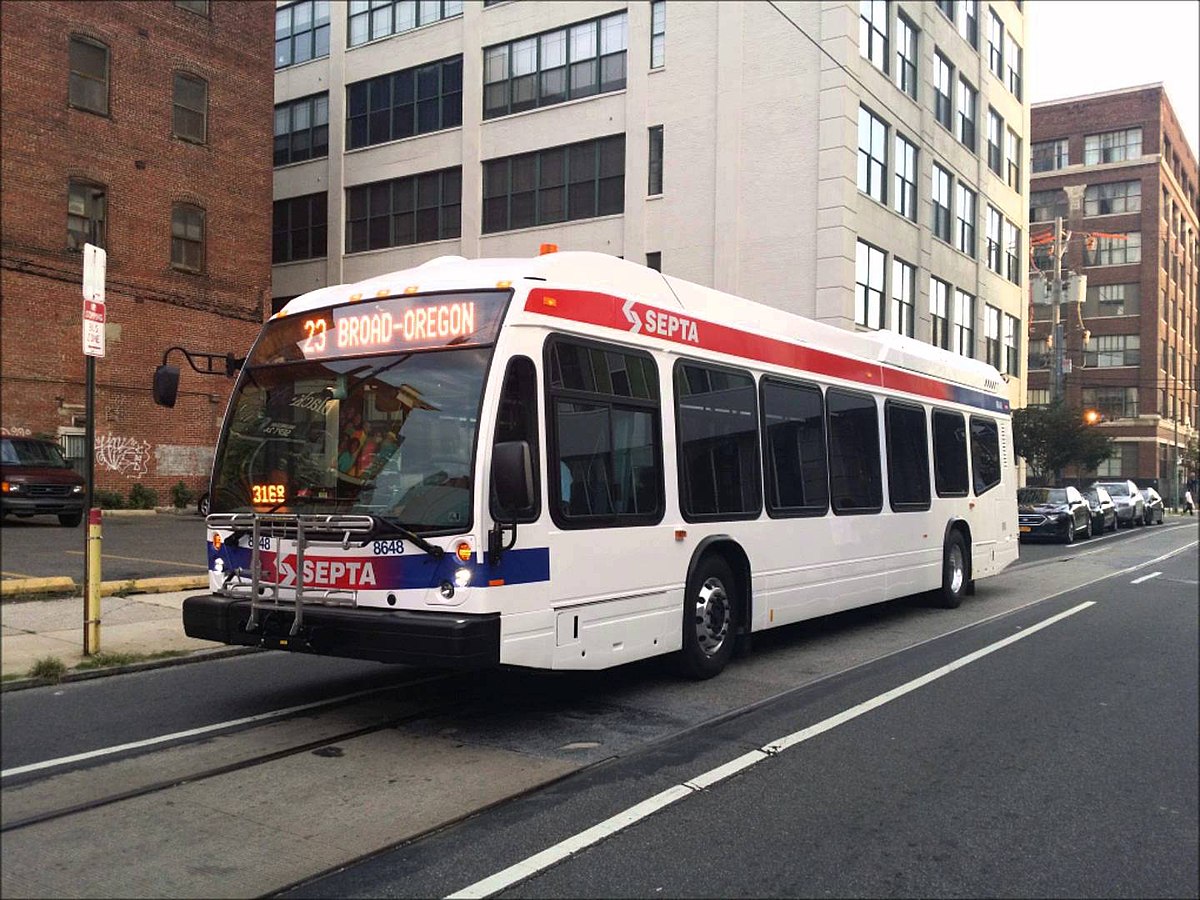Slogan Serious About Change. Founded 1968 | Parent SEPTA Locale Philadelphia | |
 | ||
Headquarters 1234 Market Street, Philadelphia, PA Service area Philadelphia and immediate vicinity | ||
The City Transit Division of Southeastern Pennsylvania Transportation Authority operates almost all of Philadelphia's public transit, including all 6 trolley, 3 trackless trolley and 70 bus lines within city limits. Some of the bordering municipalities are served by the City Transit division, despite not being part of the city. For example, Cheltenham Township has 13 city division routes and zero of the Suburban Division routes.
Contents
History
Transit in Philadelphia started out with several dozen horse car, cable, and traction companies. In 1895, these companies began uniting under three main operations Electric Traction Company, People's Traction Company, and Philadelphia Transportation Company (PTC). The following year, these three consolidated into the new Union Traction Company. In 1902, Union Traction Company went bankrupt; the company was reorganized under the name of PHILADELPHIA RAPID TRANSIT (PRT) on July 1, 1902.
Despite efforts by Thomas E. Mitten, PHILADELPHIA RAPID TRANSIT (PRT) went bankrupt in 1939. The new PHILADELPHIA TRANSPORTATION COMPANY (PTC) took over its operation on January 1, 1940. In the 1950s, National City Lines (NCL) took over management of the PHILADELPHIA TRANSPORTATION COMPANY (PTC) on March 1, 1955 and began converting streetcar lines to bus routes. SEPTA, created in 1962, bought and took over PHILADELPHIA TRANSPORTATION COMPANY (PTC) transit operations on September 30, 1968. After the purchase of the Red Arrow Lines on January 29, 1970, SEPTA designated the city services as its "City Transit Division".
Today, these bus or trackless trolley routes were once operated as streetcar lines: Routes 2, 3, 5, 6, 7, 12, 17, 23, 25, 26, 29, 30, 31, 33, 37, 38, 39, 40, 42, 43, 46, 47, 48, 52 (formerly streetcar Route 70), 53, 54, 55, 56, 57, 59, 60, 61, 64, 66, 73, 75 and 79. Many of the numbered routes were once lettered or named bus routes these include Routes 1 (Boulevard Limited), 4 (Formerly Route C - Nedro Service), 8 (FOX - Frankford - Olney Express), 14 (Formerly Route B), 16 (Formerly Route C - Cheltenham Service), 18 (Formerly Route S), 19 (Formerly Route F), 21 (Formerly Route D), 24 (Formerly Route N), 35 (Formerly Route Z), 65 (Formerly Route E), 67 (Formerly Route W), 68 (Formerly Route M), 70 (Formerly Route Y), 77 (Formerly Route X)
The first bus route was Route A, established in 1923 between Center City Philadelphia and Frankford Terminal via Strawberry Mansion, Hunting Park Ave., and Roosevelt Blvd. Route R replaced Route A along Hunting Park Ave, and Roosevelt Blvd. Route A then served Roxborough, Andorra within Philadelphia and Barren Hill in Montgomery County. Route A was eliminated and replaced by bus Routes 9, 27, and 32 on February 4, 1984.
LUCY routes (Route 316)
The LUCY routes (Loop through University CitY) loop through a circular route in University City, Philadelphia. There are two lines—Green and Gold—both of which travel along the same routes, but in opposite directions. Because the line is a loop, there are technically no terminal stops, however the line's schedules list 30th Street Station as its end destination point; the buses, in fact, take their layovers on JFK Boulevard just west of 30th Street.
